Here are three excellent books about science that I’ve found helpful for updating ideas about the origins of life, the nature of the mind and the vanished worlds of extinct creatures and environments that preceded our present precarious moment. Otherlands: A Journey Through Earth’s Extinct Worlds by Thomas Halliday is one of the most extraordinary nonfiction books I’ve ever read, but also of deep interest are David Quammen’s The Tangled Tree: A Radical New History of Life, and Christopher Kemp’s Dark and Magical Places: The Neuroscience of Navigation.
Thomas Halliday, a paleontologist and evolutionary biologist, has produced in Otherlands a work as rich in imaginative recreation of vanished worlds as in the science of the life and environmental forms of the distant past. He recreates in beautiful prose a series of worlds we know only from the paleontological record, starting with the Alaskan coastal plane of 20000 years ago and working back through a series of environments to the Ediacara Hills of Australia 550 million years ago. In each chapter he vividly recreates the species, strange to us, that thrived in those unimaginably distant times when climate, seas and continents were all so different than they are now.
In the northern plain of Alaska, he brings to life a small herd of short-legged horses, their stature and coats adapted to the harshest conditions of long Arctic nights and spare food supplies. Unlike caribou or moose, these horses are the permanent inhabitants of this bleak world, and he captures them at a moment of nightly cold when a pair stand side by side, head to tail, to preserve body heat, as they stand watch over the sleeping herd. Halliday puts you right into this landscape, with its 30 foot-high sand dunes in miles-long rows moving across the steppe, its meager rivers and so little vegetation that no herbivore can grow during the long winter season.
We prize rich world-building in SFF, but I find it just as fascinating to read about the vanished worlds and beings that flourished for far longer than our human era has thus far and then disappeared completely as the environment underwent vast changes over tens of thousands and millions of years. Otherlands is a great achievement of an extraordinary scientific imagination that highlights sixteen of these worlds in different regions around the globe. Halliday brings the story up to the present in an epilogue about the dangers of our own era while also emphasizing the resilience of life.
Christopher Kemp’s Dark and Magical Places: The Neuroscience of Imagination is a work of science journalism that explores the many ways human minds of different cultures have learned to navigate their worlds. Through a series of interviews with leading scientists he details the understanding we now have, imperfect as it is, of how minds construct cognitive maps of the environments they have to navigate. These are really much more than a map: “it’s a sophisticated organizing machine; a model of the world; a record engine; an instruction manual; a pattern detector. It allows us to extract semantic knowledge about the world…so that we can understand how different parts of our environment relate to one another.,” Kemp writes, quoting one neuroscientist.
There is no single story of how the mind navigates. Different people have different levels of ability to sense where they are and use different parts of the brain to learn to find what they’re looking for. And the use of GPS and other machinery often erodes the brain’s ability to build up the complex patterns and perceptions that it translates into location. As someone who has experienced moments of disorientation, I know how terrifying it can be to lose the sense of place that lets us move with confidence through the world.
Kemp describes the remarkable ability of traditional Inuit people to read hundreds of subtle signs in their arctic environment so that they are never lost, even in foggy conditions. “They navigate by tidal movements, and rhythms of the water, and subtle shifts in the current. At other times, they might monitor the shape of snowdrifts, and the spatial patterns of ridges, or boulders.” That’s a description of the skills of a traditional hunter, but the more recent use of snow mobiles and other devices, that speed up movement through the environment, make it harder for the brain to develop the networks it needs to distinguish the subtle clues that it combines into a more comprehensive record.
This is a fascinating book that dispels along the way some of the myths and simplifications about how the brain works, especially the idea of the roles of neurotransmitters or the location of mental skills in isolated parts of the brain. It’s an excellent introduction to the workings of the mind in many contexts.
David Quammen’s The Tangled Tree: A Radical New History of Life is also a work of science journalism that, like Kemp’s book, builds a picture of the latest biological thinking about the structure of life through a series of chronologically ordered vignettes and interviews. That is an art form itself, and Quammen is one of the best practitioners.
Starting with Charles Darwin’s notebook diagram of a branching structure and Ernst Haekel’s later description of evolution as a stem tree, he captures the classical idea that species evolve separately from each other, branching off common stems, but always reaching out away from one another, completely discrete. With special emphasis on the work of Carl Woese in the 1970s and beyond, Quammen records the ways in which recent research has proved classic ideas of species, individuals and the branching tree of life to be wrong. Paleobiologists, working at the molecular level, determined that species and individual members of species are more like mosaics, the result of cross-breeding, symbiosis and interdependence. It’s a long and complex story, still unfolding as new ideas challenge the theories that were revolutionary just a few decades ago. Quammen shows how the often obscure research in genomics and cell biology and paleontology is rooted in the life stories and inner drives of dozens of scientists.
Each of these books can only enrich our sense of the way science fiction also needs to adapt to new thinking. These days the latest scientific thinking and even wild fictions of the far future seem equally intriguing and exciting.
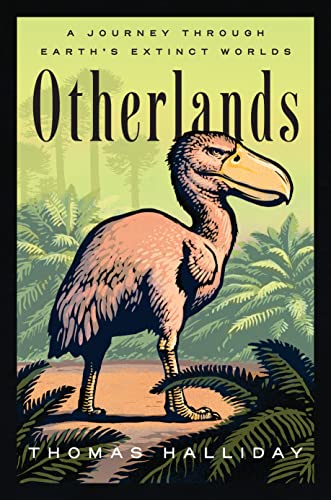
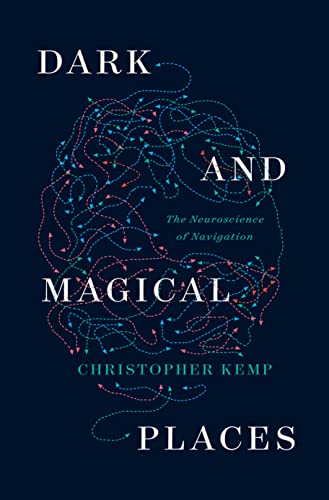
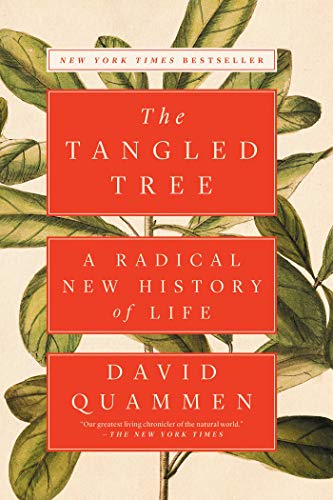
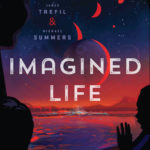
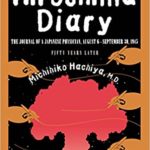
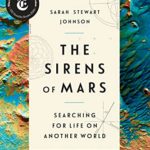

Leave a Reply